Some thoughts on "Roar" by Stacy T. Sims, PhD
After many athletes I coach mentioned Stacy's work to me and I listened to this episode of the BibRave Podcast (RIP), I decided it was time to read "Roar."
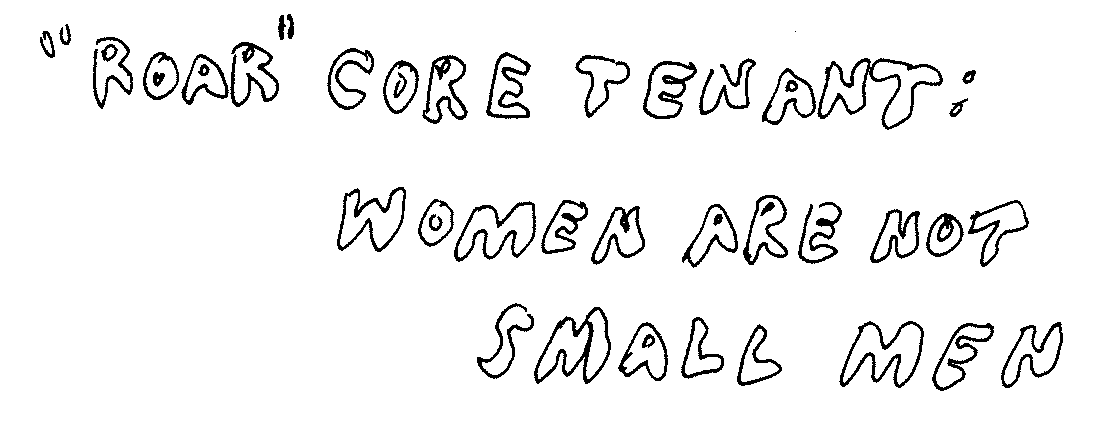
The core tenant of "Roar" is that women are not small men and therefore should make diet and training choices based on their unique physiology. Sims and her coauthor, Selene Yeager, have crafted a helpful user manual for people with active female bodies (and their coaches).
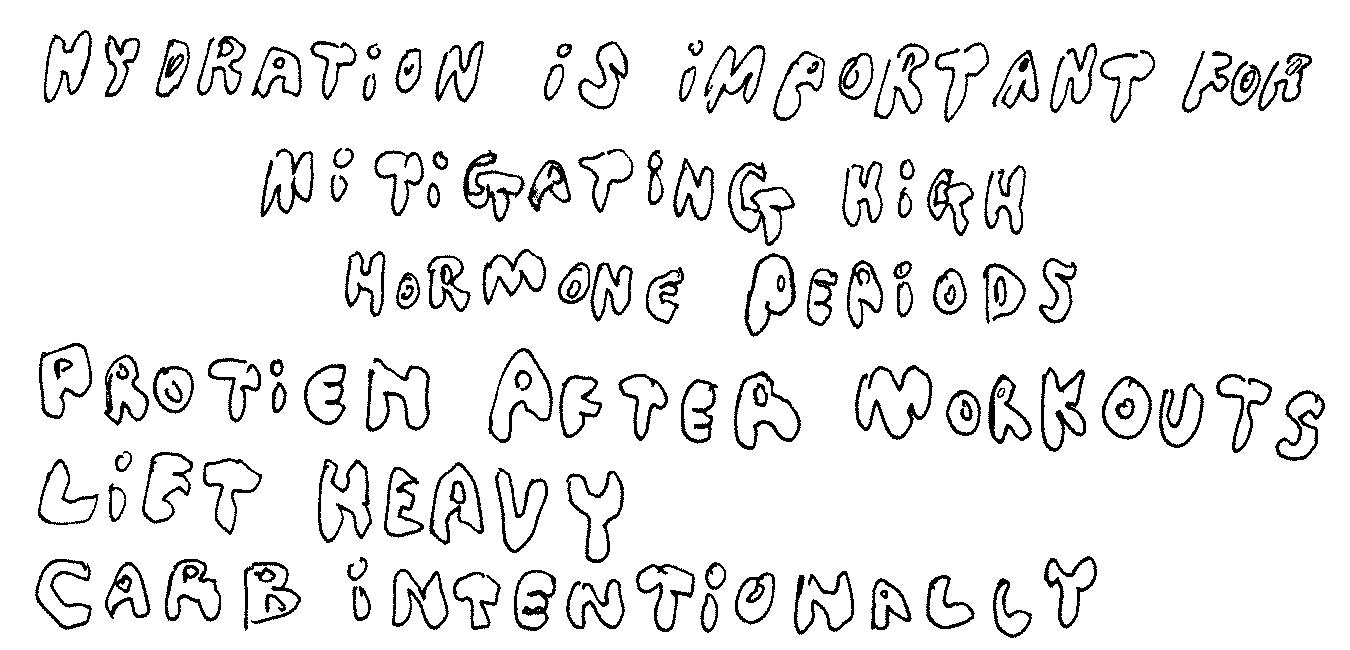
My top takeaways:
- Hydration is important for mitigating high hormone periods (immediately prior to menstruation when blood plasma volume can drop)
- Protein immediately after workouts (the hormone progesterone breaks down muscle tissue)
- Lift heavy for you (muscle development requires a minimum threshold of stress, lift heavy enough so that a set of 10 reps is difficult)
- Carb intentionally (they're not bad, just need to eat with intention, it's complicated, read the book)
Some suggestions for reading and using "Roar:"
- Read the "Roar Sound Bites" which follow each chapter before and after each chapter. Sometimes the prose is esoteric, previewing the key points of the chapter prior to reading will help you pull out the most important points.
- On your first read through, skip the little tangent boxes and longer “Hear Her Roar” case studies and read them after you complete the chapter. This will help you keep track of the most important points and avoid becoming lost or distracted.
- Apply the “female bodies are unique” lense in addition to existing lenses. My initial reaction was to question the efficacy of my coaching principles since they were lacking in specificity around female physiological needs. Sims is very comprehensive, addressing everything from menopause to the mind. It can feel like everything needs to be scrubbed and reinvented, but I think it's probably best to focus initially on the top priority or painpoint assuming you or your athlete is healthy and generally seeing progress.
- After your first full read through, think of "Roar" as a handbook for the female body and use it as a reference to address a specific situation or painpoint like preparing for a very hot race, returning from an injury, or optimizing your taper during international travel.
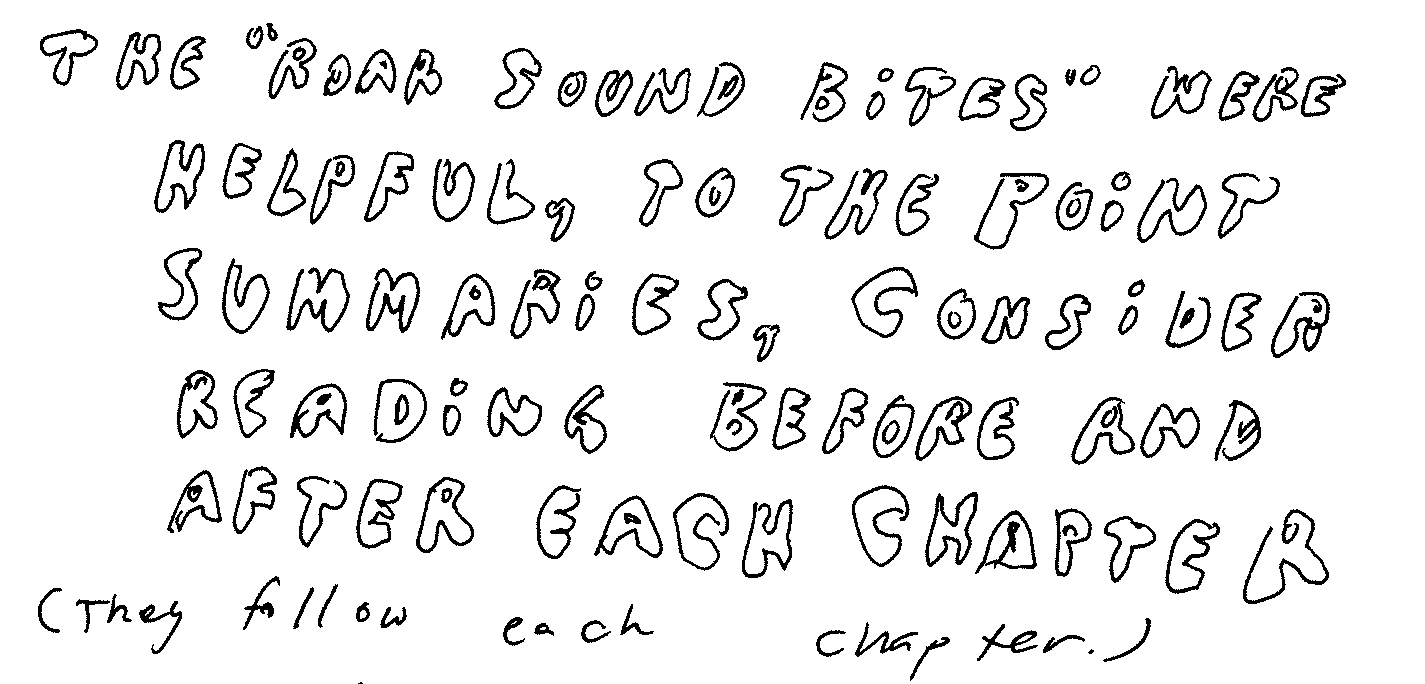
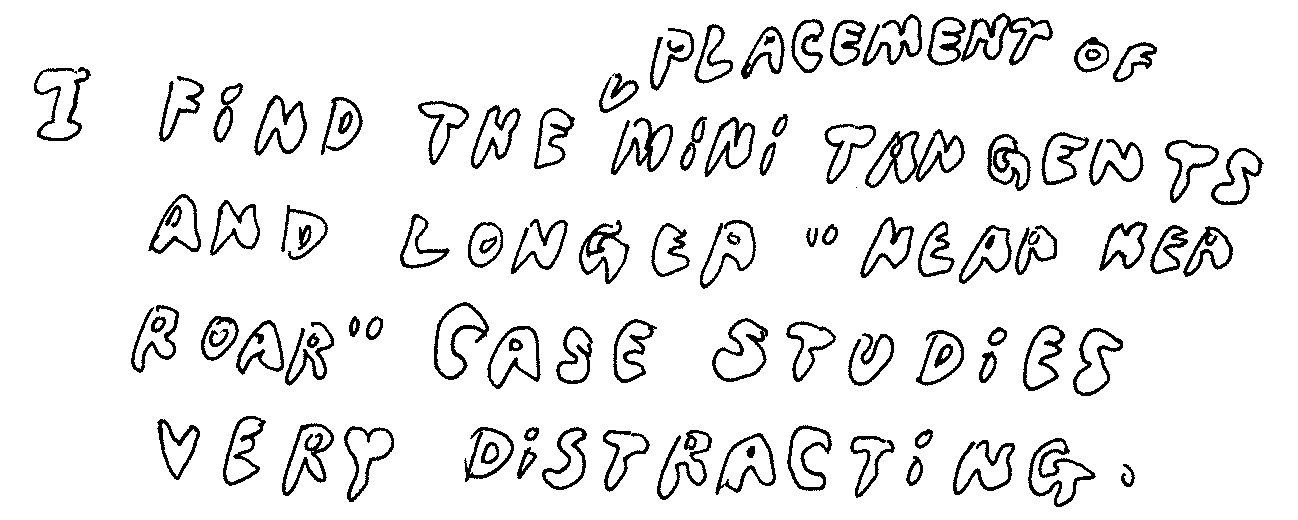
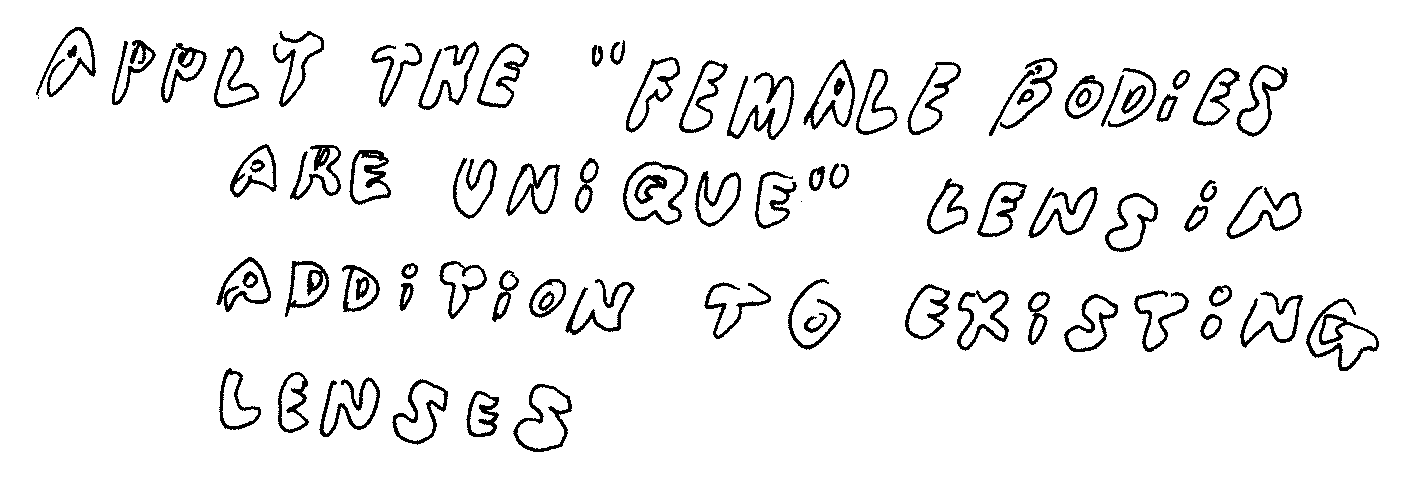

Have you read "Roar?" What were your takeaways? How have you applied the principles in "Roar?"